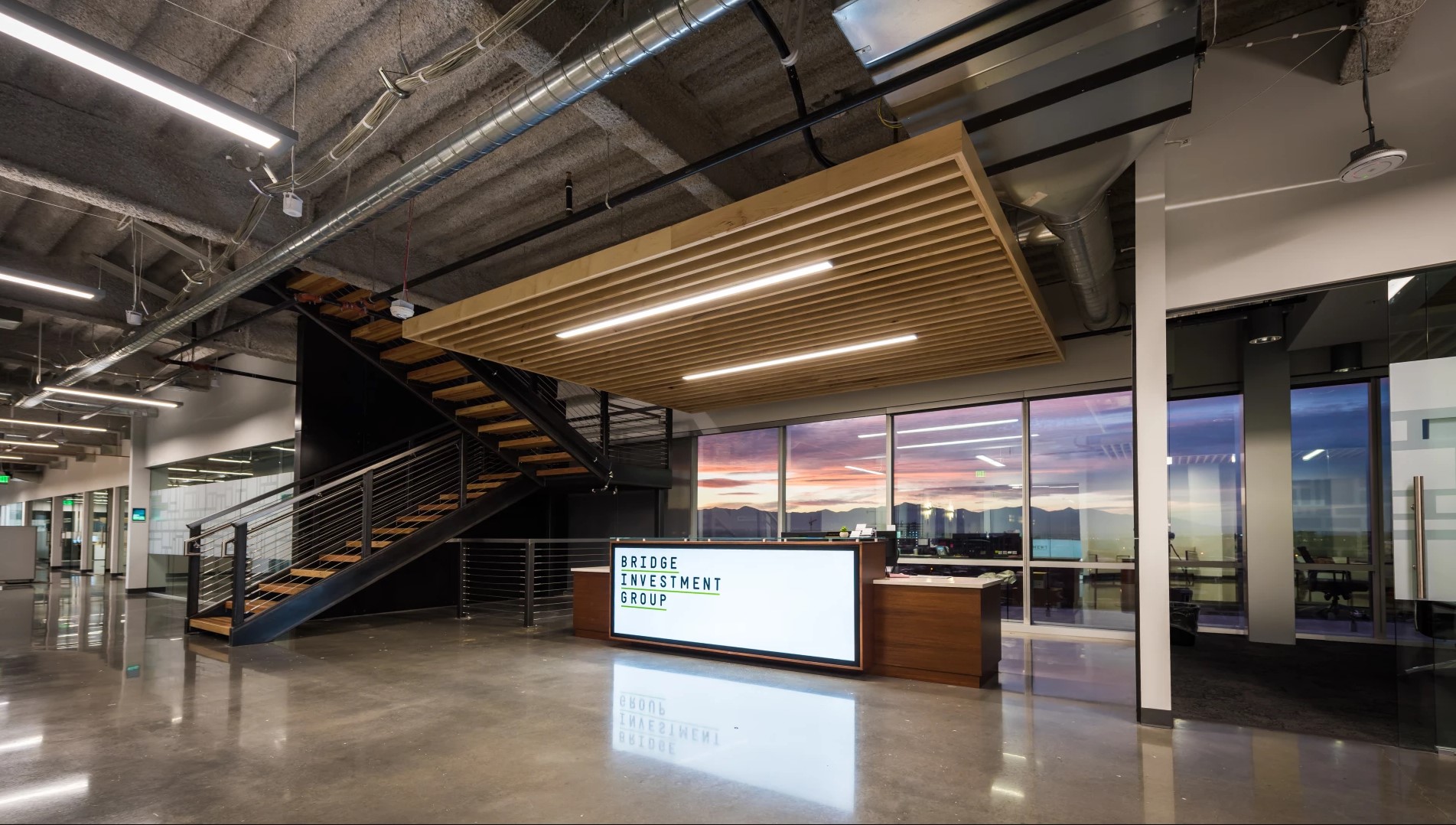This Week on the Macroeconomy and the Implications for Commercial Real Estate
Conversations with Thought Leaders in the Field
Over the past couple of weeks, we have been fortunate to convene many of our stakeholders and thought leaders in the field. We engaged in substantive and provocative conversations about the macro environment and its implications for commercial real estate. In this week’s Note, we thought to share more broadly some of the key observations on the resilience of the global economy, the evolution of US commercial real estate markets, and what is informing the interest rate outlook in the short- and long-run. While not exhaustive of the topics covered these past couple of weeks, each is central to understanding markets today.

The Surprising Strength of the Global Economy, and How the US Is Positioned Among Its Peers
The resilience of the US economy and its peers has been remarkable, especially considering the initial concerns as global monetary policies shifted to a tightening stance nearly two years ago. In the face of unanticipated inflation levels, the Fed and other central banks wrestled with how high and how fast they could increase rates without damaging their respective economies. Ultimately, these economies have outperformed initial expectations and may have averted the severe downturns that many anticipated—though the risks of exogenous shocks remain. However, these economic successes did not directly translate to the unique challenges faced by the real estate sector, including but not limited to the reevaluation of space usage, asset performance, and the impacts of higher capital costs. Nonetheless, the overall performance of some sectors has been stronger than many anticipated at the beginning of the rate increase cycle.
Historically, during periods of economic and geopolitical disruption, the US consistently emerges as the top destination for global capital. While other global regions also present opportunities, the resilience of the US economy combined with expectations for its performance in the next cycle, progress toward managing inflation, and the liquidity of its assets reinforce the United States' position as the flight-to-quality market for institutional investors worldwide. This trend is evident in both the current investments and future capital deployment plans, underscoring the US market's preeminence as a destination for global capital.
The Rapid Evolution and Adjustment of US Commercial Real Estate Markets

The pandemic accelerated and, in some cases, catalyzed shifts in how we engage with and derive value from private real estate, public spaces, and infrastructure. In many ways, commercial real estate is in a constant state of evolution. However, over the past several years we have observed a fundamental change in assessing the value proposition of our buildings and cities alike, both in the US and globally. Some firms and market participants have adeptly managed these challenges, utilizing diverse capital sources to cover the high costs of repositioning assets to meet the shifting needs and expectations of tenants, ranging from renter households to industrial and commercial space occupiers. However, this adaptability has not been universal, leading to a split in market performance among different asset classes and strategies.
We share the view with many market participants that the problematic perception of commercial real estate often stems from a lack of deep understanding about fundamentals and the intrinsic value of real estate. Despite the negative sentiment surrounding the office sector and the uncertainties in repositioning office buildings for future success, sectors like multifamily, industrial logistics, and warehouses, for example, have shown robust resilience and are anticipated to have positive, long-term demand drivers. In particular, when we examine individual geographies, submarkets, and various asset classes and subtypes, it becomes evident that each faces distinct challenges and opportunities.
Real estate investments are inherently medium to long-term, typically deriving value from a combination of income and appreciation. In our view, many challenges currently seen in real estate are short-term, and emerging from one of the longest real estate cycles in history requires a degree of resetting in terms of assumptions and expectations.

A Strong, Balanced Foundation for Economic Stability… and What It Likely Means for Rates
The strength of the US labor market has been a crucial factor in sustaining the economy, particularly with respect to robust consumer activity—now a more balanced mix of goods and services. Interestingly, some of the areas where we see the strongest growth today were those hit hardest early in the pandemic, such as professional services, leisure, and hospitality. This resilience is supported by significant demographic shifts and ongoing innovation, the latter being essential in navigating remarkably tight labor markets.
In addition to strong consumers actively participating in the labor market, an aging population is contributing meaningfully to aggregate demand. Many retirees, having accrued wealth through real estate, contribute to economic stability. This demographic trend, coupled with the changing composition of working-age individuals will likely sustain higher wage growth compared to past decades, underpinning the economy’s overall strength.
These factors suggest that the previous low floor for interest rates is unlikely to return in the near future. With full employment and a robust labor market, the Fed views its current monetary policy as non-restrictive—it's not dampening economic activity, particularly not within the labor sector. Therefore, a number of FOMC members have suggested that there is no immediate need for rate cuts. However, the Fed is concentrating on the ongoing battle against inflation, recognizing that while progress has been made, the remainder of the fight may prove more challenging. And with aggregate demand and wage growth at potentially higher levels, the Fed’s long-term neutral rate may be higher over the long-run.


